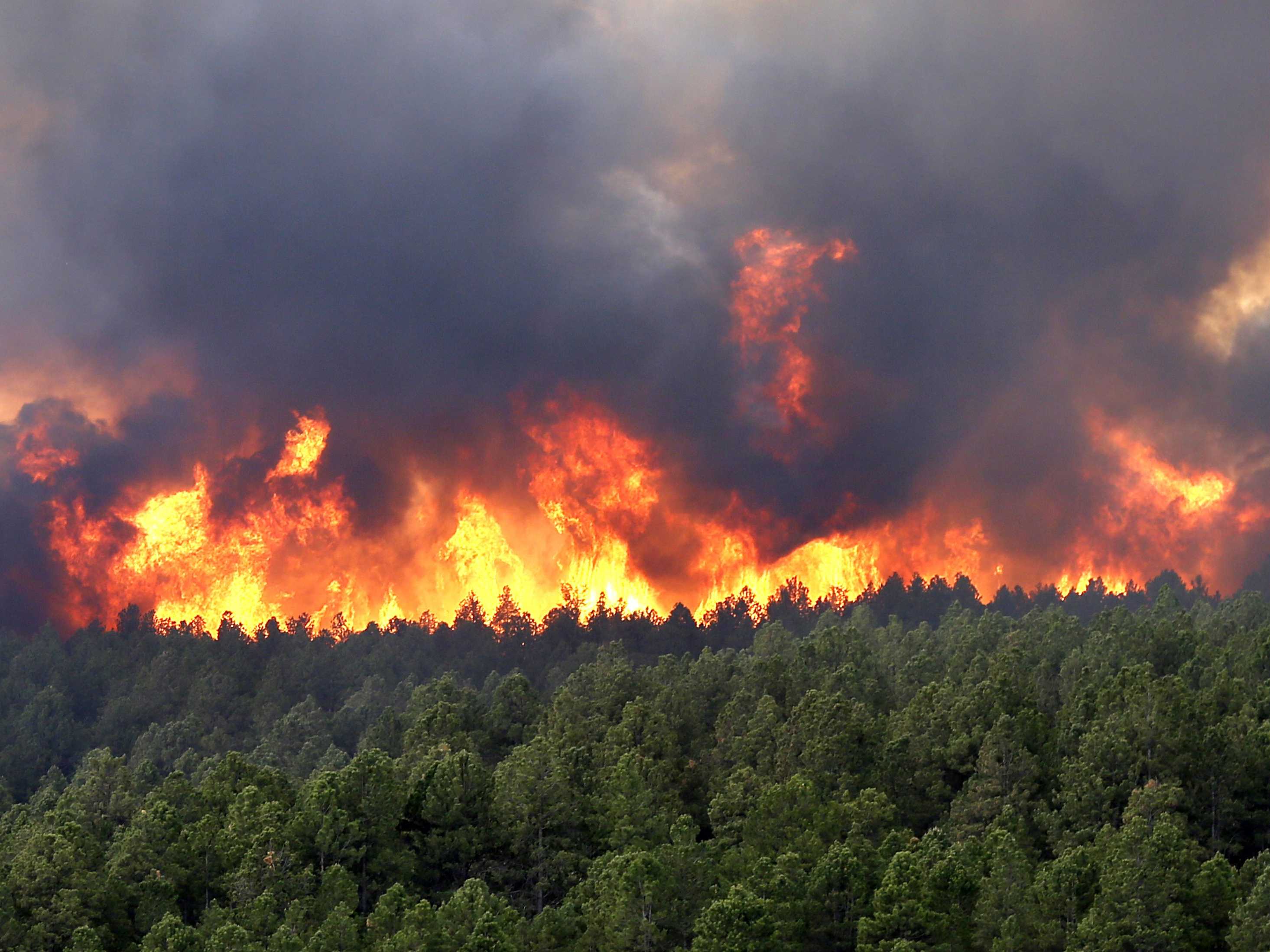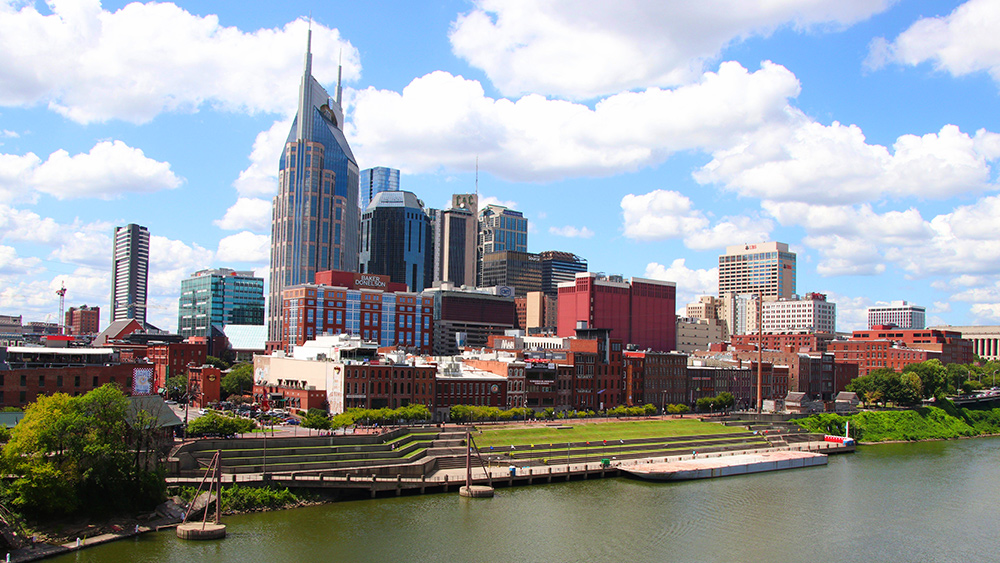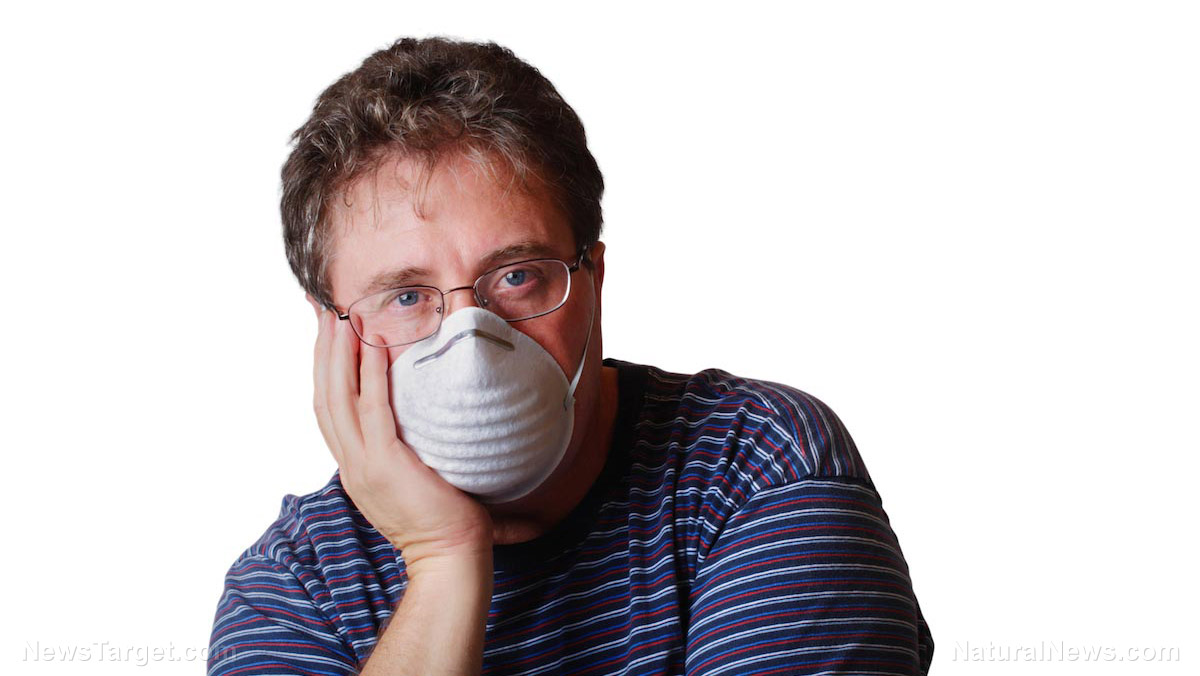California wildfires are causing unprecedented levels of air pollution
09/17/2020 / By Divina Ramirez

With historic wildfires still blazing through the West Coast, smoke continues to clog the air and tinge the skies with eerie reds and oranges. In some regions of California, air pollution levels are now more than twice what the Environmental Protection Agency (EPA) considers “hazardous,” according to The Daily Mail.
In particular, certain regions near Sacramento and Fresno are showing up purple on AirNow, an online interactive map that provides real-time observed air quality information across the US. Purple represents an air quality index (AQI) value of 300 or more, indicating hazardous air quality.
Meanwhile, large swaths of land in the neighboring states of Oregon and Washington, which are also battling wildfires that have spread from California, are also showing up purple on the map. On the other hand, major west coast cities like San Diego and San Francisco are showing up red, indicating “unhealthy” air quality.
Experts fear that this ongoing environmental crisis could soon spiral into a health crisis should current weather conditions continue. It should be remembered that the wildfires in California started last month after unusual lightning storms and a record-breaking drought sparked hundreds of major blazes across the state.
Exposure to hazardous smoke could cause adverse health outcomes
For the longest time, California’s wildfire season has been projected to occur between June and November, when the state experiences its hottest and driest weather conditions. So far, the 2020 fire season appears to be the worst on record, having incinerated more than 2 million acres, burned thousands of structures and claimed scores of lives.
However, there are still two months left before the season is over. “It’s a historic season on top of a historic season that replaced a historic season,” said Sean Norman, a battalion chief with the California Department of Forestry and Fire Protection Agency (CAL FIRE). We keep setting new precedents, and then we keep surpassing them, added Norman.
But on top of the insurmountable damage that the wildfires have caused, the large plumes of smoke present a major health hazard. Smoke from wildfires contains microscopic particles that, if inhaled, could irritate the skin, nose, throat and lungs. Experts also found that wildfire smoke contains several of the toxic compounds found in tobacco smoke. (Related: Tobacco smoke causes behavior problems in children.)
In some parts of California, state authorities report that the AQI is now above 700, far worse than some of the world’s most polluted cities. This means that exposure to wildfire smoke could prove dangerous for most people in the affected areas, Michael Kleinman, a professor of occupational and environmental medicine at the University of California, Irvine, told Newsweek.
To make matters worse, some of the compounds that hitch a ride on microscopic particles in wildfire smoke are known carcinogens, such as polycyclic aromatic hydrocarbons (PAHs), benzene and free radicals. Other hazardous emissions in wildfire smoke include carbon monoxide, which is associated with an increased risk of heart disease, and acrolein, a flammable liquid that could cause extensive damage to the mouth and the lungs.
Residents from neighboring states face similar health risks due to smoke exposure
Other west coast states like Oregon and Washington are also reporting record-breaking levels of air pollution in areas with wildfires. The AQI in western Oregon, for instance, has remained above the 500-mark since Labor Day, according to KOMO News.
Meanwhile, a 6,000-foot blanket of thick wildfire smoke could be seen hovering across Puget Sound in Washington, according to a recent report from KING 5. In fact, western Washington now has an AQI of 241, which is well within what the EPA considers “very unhealthy.”
Furthermore, the wildfires could also have an enormous impact on pollution for areas downwind, said Suzanne Paulson, the director of the Center for Clean Air at the University of California, Los Angeles. Because the fires are taking a long time to contain, even populations far from the fires are at risk of being impacted, she added.
The threat of hazardous air amid the coronavirus pandemic
People living in or near affected areas are being encouraged to take steps to protect themselves. These include keeping indoors with the windows shut and turning on air conditioning units to create clean air. Experts also recommend avoiding exercise and outdoor activities, such as driving and barbecuing, if pollution is bad.
Bonnie Holmes-Gen, chief of the health and exposure assessment branch in the research division of the California Air Resources Board (CARB), also stressed the importance of taking these precautions given the ongoing pandemic.
People living in areas with elevated levels of air pollution face a greater risk of hospitalization or death from COVID-19, explained Holmes-Gen. Smoke assaults the lungs and heart, and people with preexisting conditions that compromise those organs, such as COVID-19, are at a higher risk of developing severe complications.
Spokesperson Travis Knudsen with the Lane County Regional Air Protection Agency (LRAPA) in Oregon said that officials are banking on a major weather pattern shift in the coming weeks to bring relief from the thick blankets of smoke. Until then, the air will not see much improvement, he added.
Learn more about how wildfire smoke affects both human health and the environment at Environ.news.
Sources include:
Tagged Under: California wildfires, coronavirus, covid-19, environment, natural disasters, pandemic, particulate matter, wildfires
RECENT NEWS & ARTICLES
Pandemic.News is a fact-based public education website published by Pandemic News Features, LLC.
All content copyright © 2018 by Pandemic News Features, LLC.
Contact Us with Tips or Corrections
All trademarks, registered trademarks and servicemarks mentioned on this site are the property of their respective owners.




















